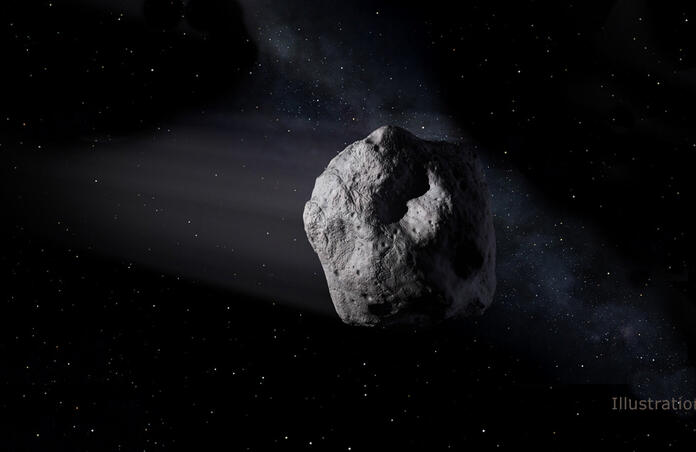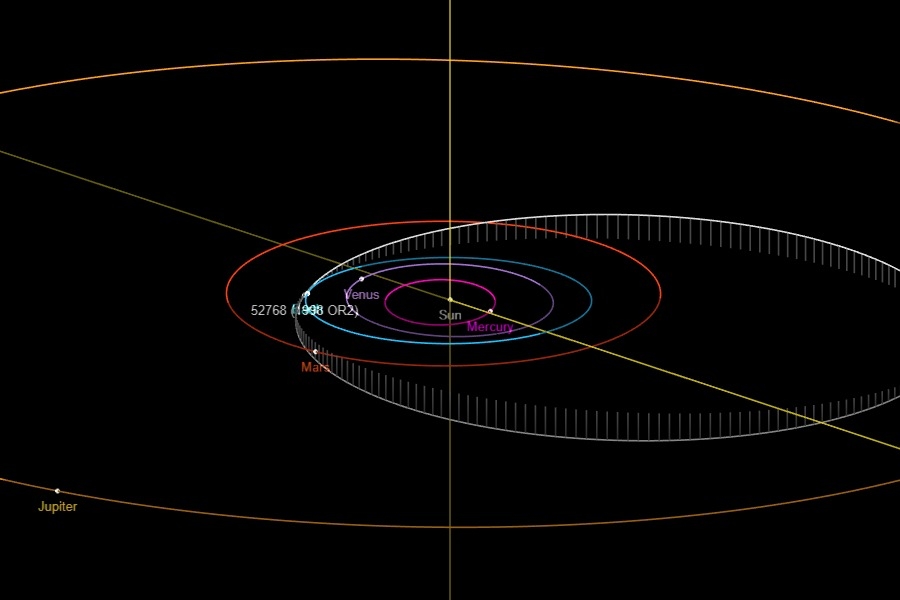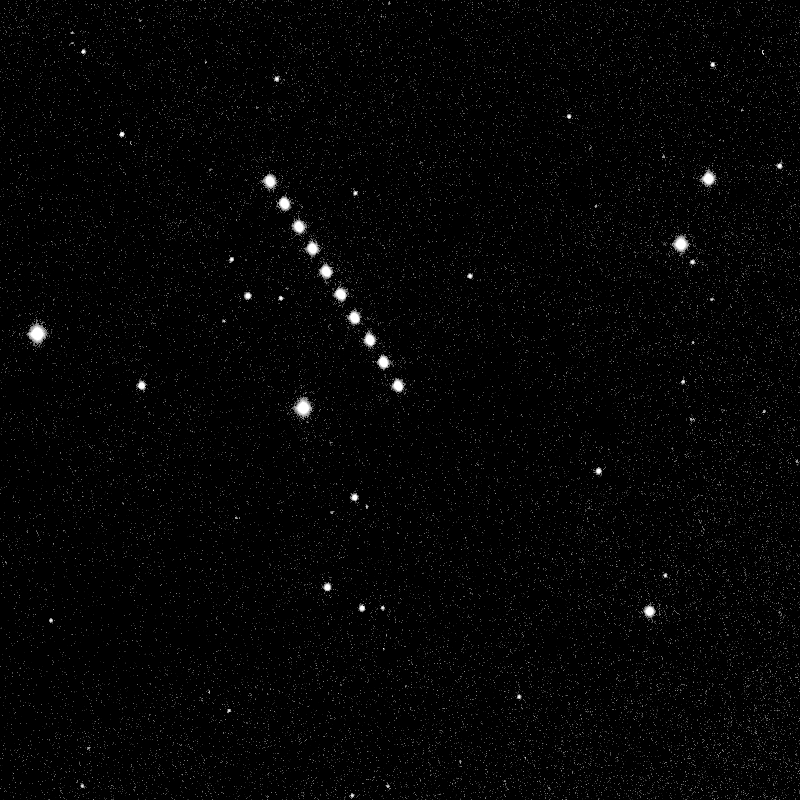1998OR2 - A close reminder

Near-Earth Asteroids are a favourite of popular astronomy often due to their association to cataclysmic events and consequent mass extinctions, with smaller recent reminders (Tunguska, Chelyabinsk or the recent explosion over the Bering Sea) of the raw power of the kinetic energy of these “pebbles”.
While the number of asteroids which have been detected and "labelled" in the Solar system approach a million units, there is a small portion (just over 20000) the orbit of which brings them periodically relatively close to the Earth (so-termed Near Earth Asteroids or Near Earth Objects).
These distances are close enough in range for astronomers to switch from Astronomical Units (1 AU - the average distance between the Earth and the Sun) to Lunar Distance (LD - the average distance from the Earth to the Moon - 400 times smaller) or in the extremely close approaches, to Earth radii.
In this asteroid family, few are bigger than asteroid (52768) or 1998OR2 with an approximate diameter of 2 km. This NEO was discovered by the Near-Earth Asteroid Tracking program at NASA's Jet Propulsion Laboratory in July 1998 and it has been monitored ever since. With all the data gathered, precise orbital parameters and trajectory have been reconstructed allowing for accurate predictions of its passes in the future.

The orbit of 1998OR2 has a high eccentricity (0.573), bringing it further out than the orbit of Mars (FIG), but at approximately 10 UT on the 29th of this past April, it came as close as 16 lunar distances to Earth as it became very visible to small and medium telescopes. In previous observations, rotational lightcurves measured a rotation period of the asteroid of about 4.1 hours with a brightness amplitude of 0.2 magnitudes. The albedo assumed is that of a standard stony asteroid (0.20).
The next closest pass will be in 2079 at just over 4 LD. It is expected that any risk of future impacts on Earth is likely to be in the timescale of thousands of years. For now, the closest approach of a large asteroid (~300m) predicted to date is in 2029 by Apophis which should come in the range of geostationary satellites at 30000km (less than 1/10th of a lunar distance). While this is still a considerable distance, it is a reminder of the level of precision required in such measurements and calculations. As a thought experiment, consider that at the Earth's orbiting speed of 30km/s it is equivalent to predicting a "miss" of 20 minutes 9 years from now.(*)

We used Telescope Live data to observe 1998OR2 on its closest pass as it reached a bright magnitude (lower than 11) speeding across the southern sky.

Observations were taken with 3 sets of 10s exposures at 1-minute cadence on a Lum filter at 1h and 15 minutes between sets.
(*) This is just a thought experiment, as the trajectory is outside of the Earth's orbit (does not cross it).